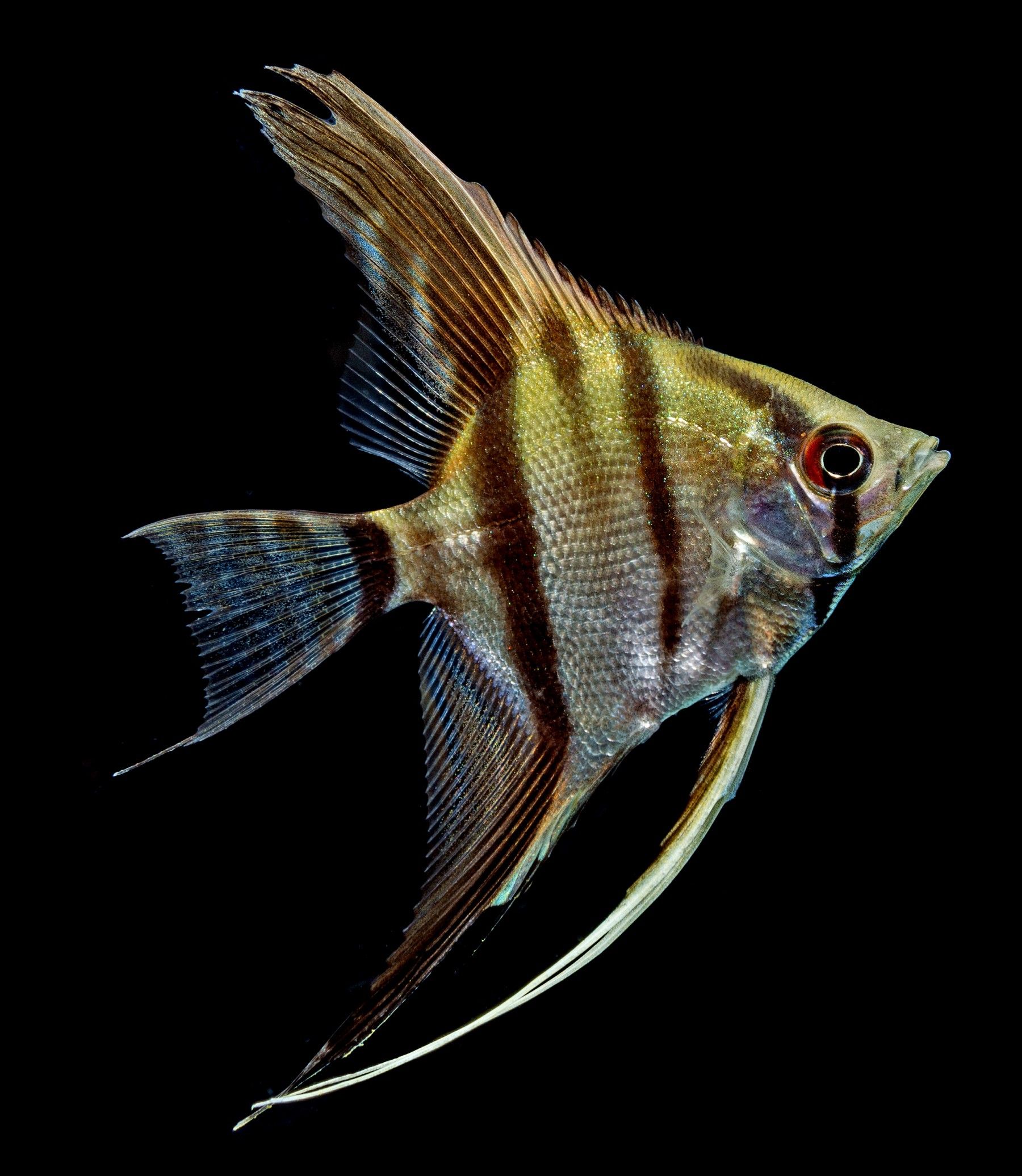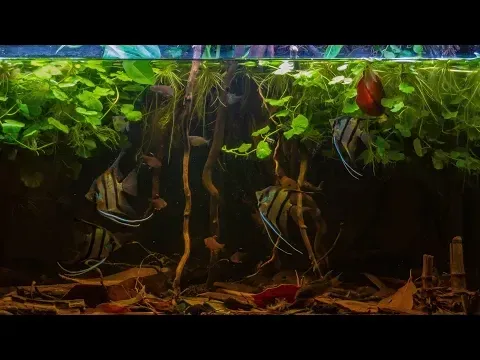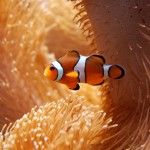When thinking of aquariums, most minds immediately go to crystal clear waters. Logically speaking, though, this isn’t actually the kind of environment that many of the fish we keep naturally occur in. Many bodies of water out in nature are stained a dark color by decaying organic material and there are lots of fish species that prefer something similar in the aquarium.
So how do we imitate those Amazon streams and Southeast Asian peat swamps at home? It’s quite easy and makes for a spectacular aquarium set-up, so keep reading to find out everything you need to know.
Blackwater aquarium set-up
Aquariums in which organic materials (or extracts thereof) are used are referred to in the hobby as ‘blackwater aquariums’. They are often maintained by hobbyists who take the realism part of the hobby seriously: imitating certain natural biotopes is a real sport for some. It’s not hard to see why, as it often makes for a beautiful tank despite the darker water.
If you want to set up your own blackwater aquarium, think first about whether you want to go biotope accurate or not. If you do, the set-up process will consist of selecting the habitat you want to imitate and very carefully finding out which fish and plants naturally occur there, as well as what it looks like underwater. Nothing that wouldn’t normally be found in this area can enter the tank if you want to do things 100% correctly.
Now, not everyone is looking to recreate an obscure pool in some Malaysian forest and it’s not a must to do so at all. Your blackwater aquarium will thrive all the same and look just as good with a mixture of species and materials from all over the world. Generally, it will have few plants, as most species don’t thrive in low light conditions (though floating plants are a good option) and mild water flow.
Leaf litter & driftwood
The brownish-yellow stained water color in a blackwater aquarium is achieved by placing dried plant parts like leaves (Indian almond, guava, oak, magnolia, palm and more), seed pods (notably, alder cones), tree bark and driftwood in the tank. Basically anything that would naturally fall into a stream or pond!
The tannins released by this ‘litter’ are what colors the water, with an added advantage being mild antifungal and antibacterial properties. For even darker water, dried leaves can also be boiled into a concentrate that can be poured into the aquarium water for a ‘boost’.
The nice thing about using dried litter is that it doesn’t foul the water significantly. Leaves that have naturally fallen off the tree won’t contain much that can rot anymore, for example, since the tree has reabsorbed all of the sugars and other nutrients that were once in there. This means you can leave everything in your aquarium until it has fully decayed, with the mixture of old and new materials providing a wealth of biofilm and hiding spots for shy blackwater creatures.
Blackwater aquarium fish
You might be surprised to learn how many of the common aquarium fish species we love to keep actually hail from blackwater habitats and will love a similar environment in the aquarium.
Let’s have a look at a few of the most popular ones, sorted by continent:
South America
- Angelfish (genus Pterophyllum)
- Discus fish (Symphysodon genus)
- Neon & cardinal tetras (Paracheirodon genus)
- German blue ram cichlid (Mikrogeophagus ramirezi) & other dwarf cichlids
- Corydoras catfish
Asia
- Gourami
- Betta complex
- Kuhli loaches (Pangio kuhlii)
- Glass catfish (Kryptopterus genus)
- Rasbora
- Dwarf pufferfish (Carinotetraodon)
Africa
- Kribensis cichlid (Pelvicachromis pulcher)
- Congo tetra (Phenacogrammus interruptus)
- Hemichromis cichlids

Blackwater Aquarium Plants
As mentioned earlier, blackwater habitats usually don’t feature much plant growth. After all, the waters are very dark and this isn’t exactly an ideal environment for plants to grow and thrive in. However, that doesn’t mean you don’t have any options at all.
Some of our favorite plants for a blackwater aquarium include: Anubias, Amazon sword (Echinodorus), Amazon frogbit (Limnobium laevigatum), Bucephalandra, Cryptocoryne and red tiger lotus (Nymphaea zenkeri).
Need Help?
Setting up and maintaining an aquarium can be a challenge if you lack the time or feel like you don’t have the required knowledge yet. This especially applies to biotope-correct blackwater tanks due to the research involved in setting them up!
If you want to just enjoy your aquarium without having to worry about set-up and maintenance, contact us here and we’ll do it for you.





